
Written by digiDirect
Some of the most popular and awe-inspiring photography is of the natural world, and none more so than that of wildlife in its natural habitat. As more and more species of wildlife cease to exist, wildlife photographers have a kind of duty to document their subjects accurately. Without similar documentation from the past, we would not have accurate records of the species that have already long departed. There is something very pure and captivating about wildlife photography, but it should never be a case of stopping at nothing to get the winning shot.
As photographers, we have a core responsibility to ensure that we pay absolute respect to the environment within any setting - be it natural or otherwise. In a natural setting though, you must be eparticularly mindful of how you conduct yourself. You need to know how to interact with your surroundings in a way that does not impact wildlife. Failure to do so may seem insignificant; however, it could lead to lasting environmental impacts.
Many regions have laws and rules around a visitor's presence and behaviour with various animal species. Photographers are no exception to this rule and should follow them accordingly. Further to this, there is a genuine risk of habituating animals to human presence. In turn, this results in wildlife behaving differently and impacting the balance of the surrounding ecosystem. Such imbalance can have long-lasting flow-on effects that we have already seen in recent years.
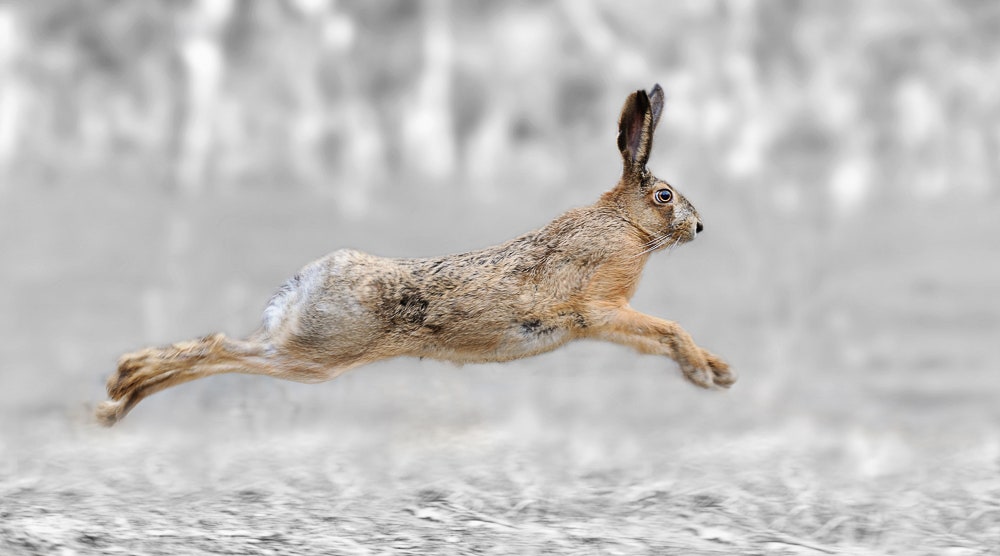
Photographing animals responsibly not only keeps you and the animals safe, it also leads to the best images
In this article, we are going to explore further how you, as a wildlife photographer, can take part in this exciting genre without disrupting the natural order. In this way you can preserve a delicate balance and do your part to enjoy that animals and people can do their best to peacefully coexist.
Understand Local Rules
In many reserves and national parks around the world, there are stringent and specific rules regarding how to interact with and behave around animals. Further to this, in the case of dangerous species, there are guides on how to respond to attacks. While these rules are in force to protect both the wildlife and those viewing it, they are especially critical to photographers to understand. You may be completely focused on your shot and composition and not focused on the animal's behaviour. Such a distraction could lead to a dangerous outcome.
If you are planning to travel to a local nature spot or one that is abroad, take the time to research the rules regarding wildlife interaction in this area. Research of this kind will also allow you to learn of the likely species that will be in the vicinity, their seasonal behaviour, and how to respond to certain situations. This way, you will be well prepared to make the most of the opportunity without overstepping essential guidelines. It will also ensure your safety.
Keep Your Distance
It is not uncommon for photographers to push the boundaries of getting too close to their wildlife subjects. They do so perhaps to get the most significant detail or an unobstructed view. Regardless of the reason, this is not an appropriate way to capture great shots as it disrupts the animals. Depending on the season, the animals may be in the area for mating, males challenging other males or for foraging after a sparse season. If you get so close that you scare them off, this may have important implications in the animal's safety, reproduction and well-being.
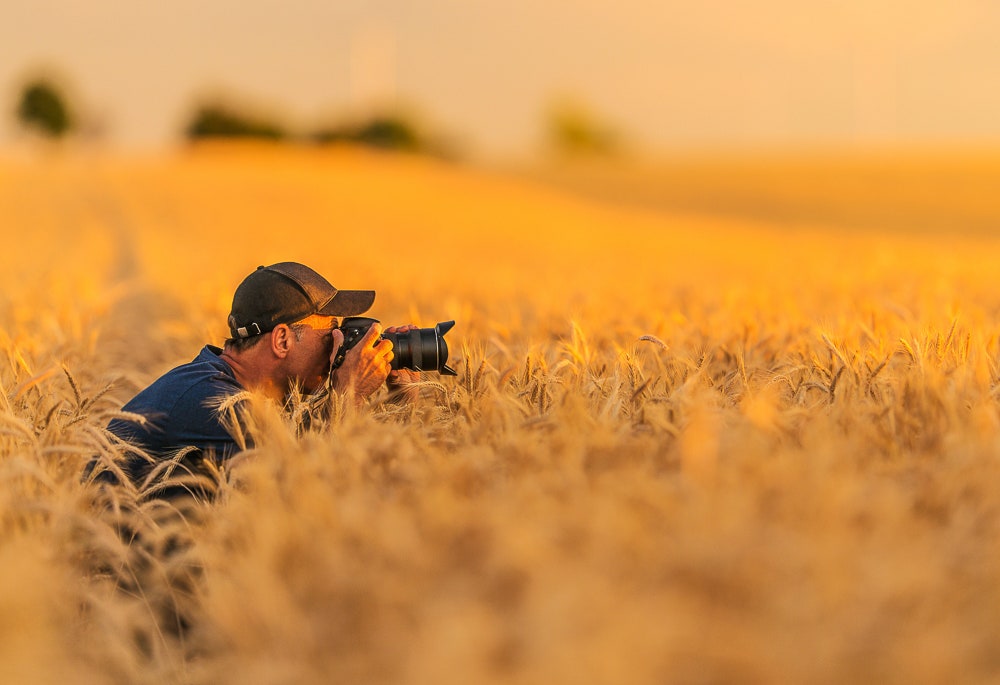
Being discreet and not getting too close to animals is extremely important
Understand the Big Picture
The kind of disruption outlined above has far more significant impacts than you missing your prize shot. The effects on the wildlife and the ecosystem could be untold, only as a result of your trekking into an area that animals occupy. In a contained setting such as a farm, things are a bit different as the animals are bred and raised accept human interaction. In the wild though, you must respect the animal's right to their territory. Only after deliberate, non-intrusive planning should you take your shot.
Don't Become the Target
The other risk of getting too close is that an animal may choose to challenge you for invading its habitat. Animals behave differently in different seasons and during mating season animals become particularly feisty. Also, animals protecting their nearby young will become aggressive and attack. An attack would purely be a self-defence mechanism, but that doesn't negate the danger you may be putting yourself in. Also, if an attack does happen, you've not only endangered yourself, you've also endangered the animal, as an animal that attacks humans may be needed to be put down by wildlife authorities. This applies most obviously to larger, dangerous animals, but it still has bearing on smaller animals as well. You may think that a wombat or kangaroo is cute, but when cornered, they can cause considerable damage to you and your camera gear.
Let Your Lens do the Work
The most obvious way to overcome these problems is to have the right kit for the situation. Telephoto and super-telephoto lenses and zooms are available for most brands of cameras and provide a way to gain distance and reach. Telephoto lenses can have a focal distance of anywhere from 300mm, 400mm and beyond. Some lens manufacturers also produce teleconverters that attach to a lens and provide increased magnification. As a result, you can get into a wildlife setting and capture animals in their natural habitat without disrupting them or other animals nearby.
Don't Try to Change an Animal's Behaviour
As with photographing children, when photographing wildlife, it is sometimes difficult to get the subject to look or behave the way we want them to. Children may eventually agree, but you should never entice animals to behave differently. If you cannot get the shot you want because the animal is standing partly behind a tree, then you need to change your location and not the animal. Trying to get the animals attention by making sounds, shouting, clicking is only going to disrupt the scene and upset the animal. Worse still is throwing stones and sticks to create a reaction in the animal.
There is also the temptation to entice animals into a scene by leaving food in a perfect location to make the animal stop and eat. Or, you may see an opportunity to alter the environment to send an animal into the desired position. Such an action is a lot like trapping an animal. It is not appropriate and can often have unintended consequences. For example, did you know that feeding bread to macropods like a kangaroo significantly impacts their gums and can lead to lethal gum and bone disease? Simply put, if you are not content with how the animal is behaving, then walk away.
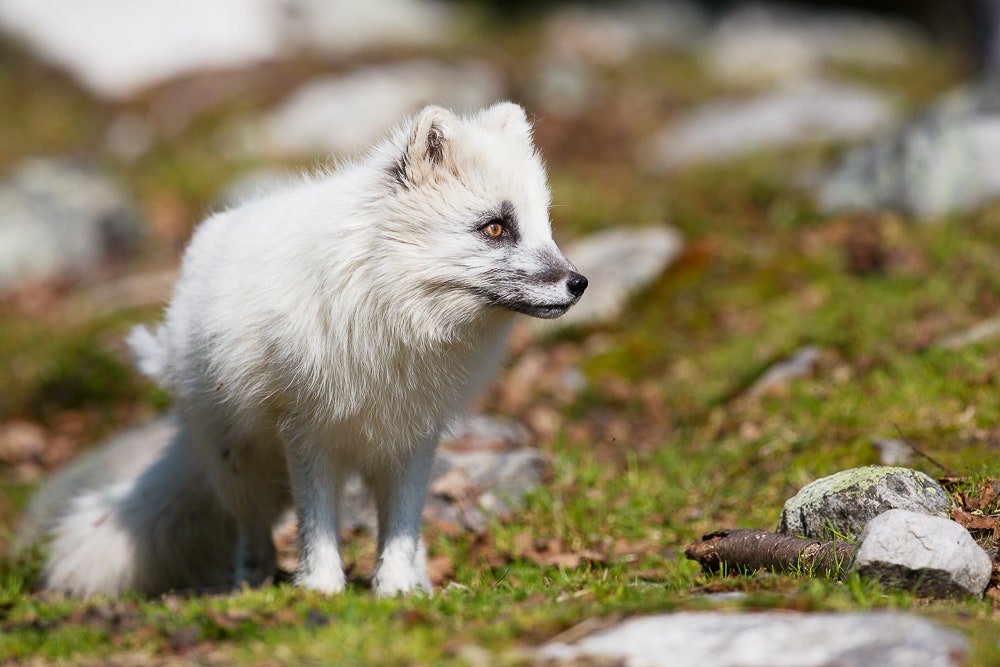
Never try to lure an animal to act a certain way or enter a certain area
Respect the Habitat with Low Impact Shooting
Not only do you need to be aware of how you are interacting with an animal, you also must be aware of how you are interacting with their habitat. A key to wildlife photography is to minimise any impact you may have on the surrounding environment. While you may be trekking through dense undergrowth to advance upon a subject, you could very well be doing damage to their habitat. A good rule is to find the path of least resistance and tread carefully. Be aware of the amount of noise you are making and also ensure that you don't leave anything behind. Wildlife expeditions can sometimes be a waiting game as you wait for your subject to cross into sight. Should you snack while you wait, be sure not to leave any wrappers or food scraps around. This kind of habitat destruction, particularly when done by many people over time, can result in significant negative impact on the ecosystem.
Encourage Appropriate Behaviour
We believe that a critical responsibility of all photographers is to role model appropriate, respectful and safe behaviours, especially when it comes to wildlife photography. More often than not, wildlife photographers will operate in small groups, and this is a golden opportunity to set clear expectations of what is appropriate. Make sure to call out any inappropriate behaviour that you see. Otherwise, the offender is putting the animal and its habitat at risk, not to mention the danger to themselves and their fellow photographers. Non-confrontational advice is far better than being chased by a hungry bear!
The Dangers of Habituating Animals
A major risk with wildlife photography is habituating animals to the presence of humans. If animals become accustomed to humans, there is a genuine risk to their ecosystem and future. In the USA, for example, many kinds of wildlife has become accustomed to human food through the eating of garbage that is not correctly stored. As a result, animals like bears will quite freely enter occupied areas to get to bins. As a result, the bears can become aggressive and try to pillage campsites, break into cars and cause harm to people. In turn, this put the wildlife in danger of being rounded up and relocated or even terminated.
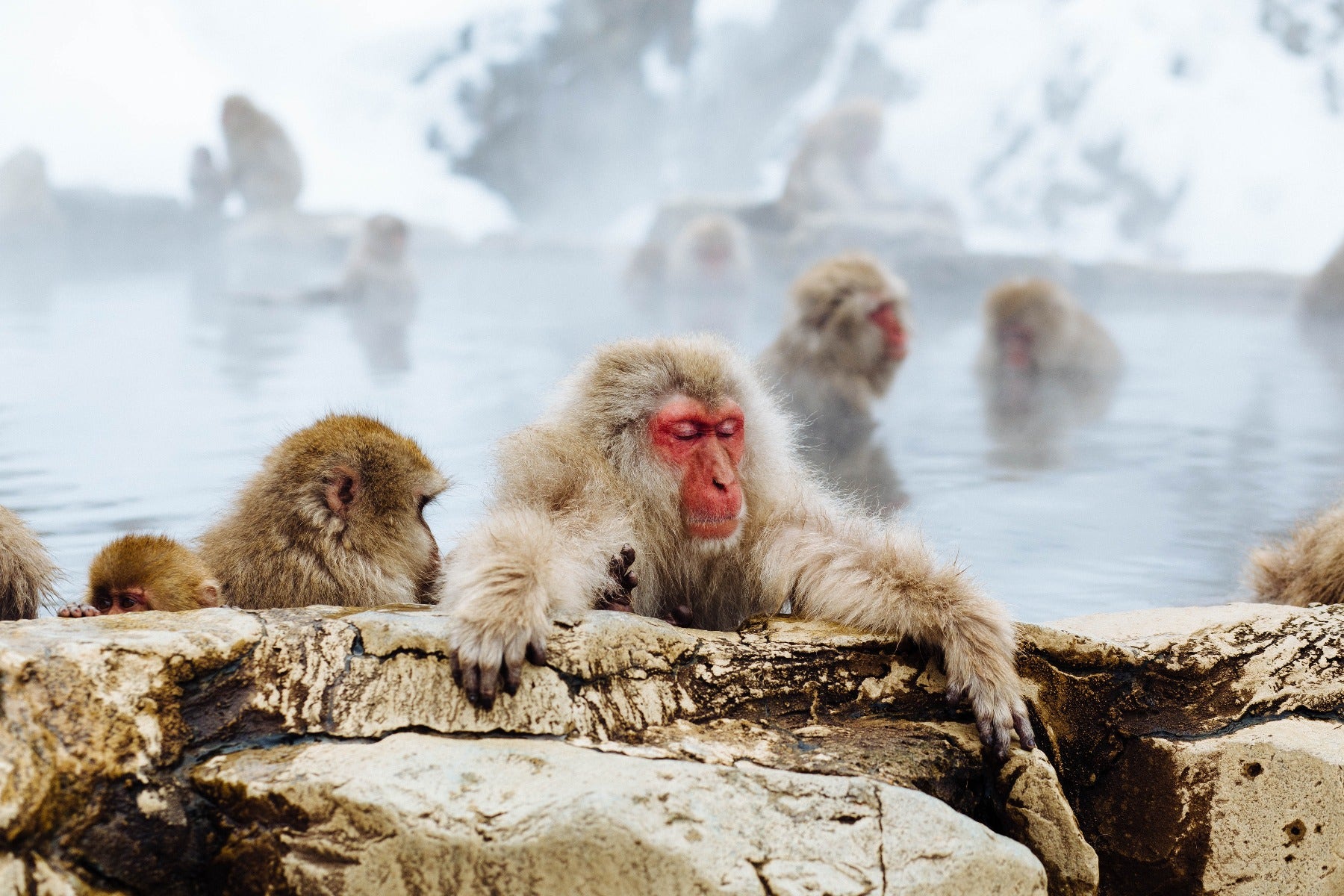
We have a responsibility to promote positive practices in other photographers that we interact with
More importantly, animals that become accustomed to human presence will eventually become less guarded and cautious. Such a change will make them vulnerable to people taking advantage of that. People will come closer, damage habitats and may even take the opportunity to interact with or capture animals. Further to this, it may also result in other species moving away from that area. Those species will then be in a location without familiar food or water sources, and that level of disruption over time can be dramatic
Candid Animals are the Best Animals
Wildlife photography is the skill of documenting animals in their natural settings. You will always get the best images if the animal is comfortable and able to behave normally. If you are discreet and far enough away, an animal can display interesting behaviours that you would not otherwise be able to document. Rest assured, taking photos of animals that you have agitated will not result in a genuinely original image! If the animal is in fear, aggressive, or just generally on alert then they won't be behaving normally, and you haven't succeeded in capturing an candid image.
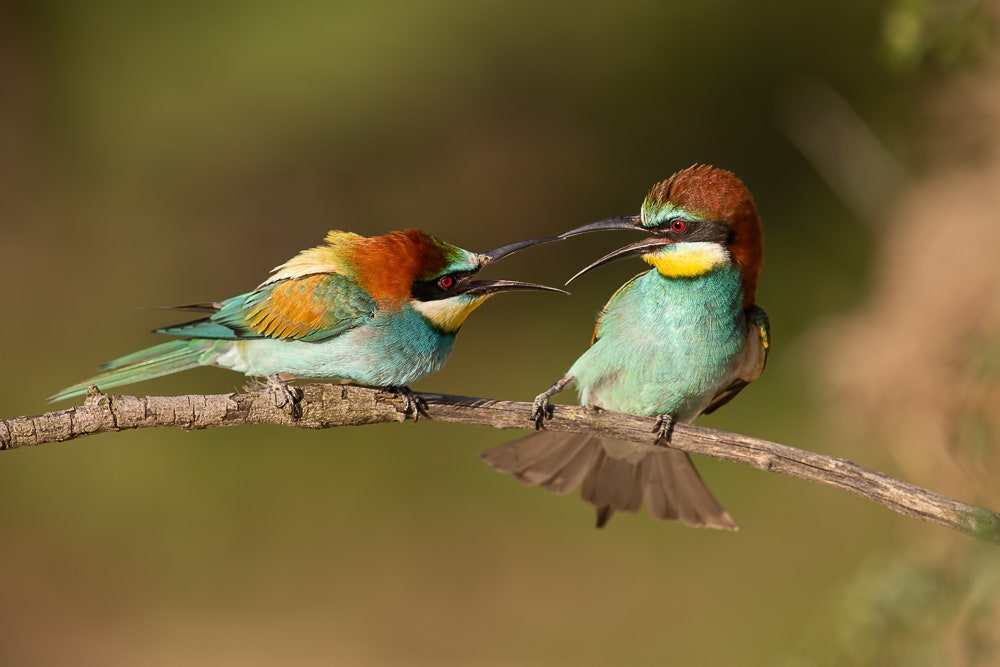
Remaining hidden and non-intrusive allows you to capture animal behaviour that you wouldn't see otherwise
Be the Ninja
Being able to take candid images of wildlife is a pure art form and one that takes patience and consideration. Ensure that your camera is not making any noise by turning on silent mode. The same applies to your mobile phone and any similar devices. Be sure to treat lightly and not snap twigs and sticks underfoot. You can avoid further noise by not using bags with heavy velcro straps or noisy buckles. Tripods can be a great tool for wildlife photography as they can allow for you to frame composition and wait for an animal to enter that scene. However, tripods can be noisy to set up and carry around. Your goal is to be invisible and silent without impacting the scene. Be the ninja!
As we have already mentioned, wildlife photography is an incredibly skilful and necessary genre of photography. But it should never be to the detriment of the animals, their habitat or their related ecosystem. Being able to document various species of animals is more critical now than it has ever been in history. Climate change and the encroachment of civilisation into natural areas is having significant impacts on wildlife around the world.
As a wildlife photographer, you have a crucial role to play in limiting those impacts and yet still capture that fantastic image. Further to this, you have a responsibility to role model appropriate behaviours when it comes to capturing wildlife naturally and candidly. Ultimately, you want to enter the setting, do your thing, and then leave the environment as though you were never there in the first place. The best part is, with any luck, you get to walk away with a fantastic piece of historical evidence of wildlife as it should be.
Are you looking to expand your wildlife photography? Then chat with the helpful staff at digiDirect. Whether you're looking advice on telephoto lenses, camera bags, and more, we can make sure you get the gear you need. Contact us today.














































































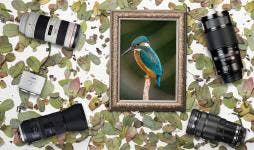
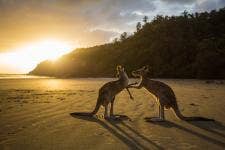
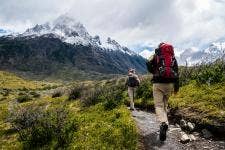
Comments
No Comments yet. Be the first to comment.